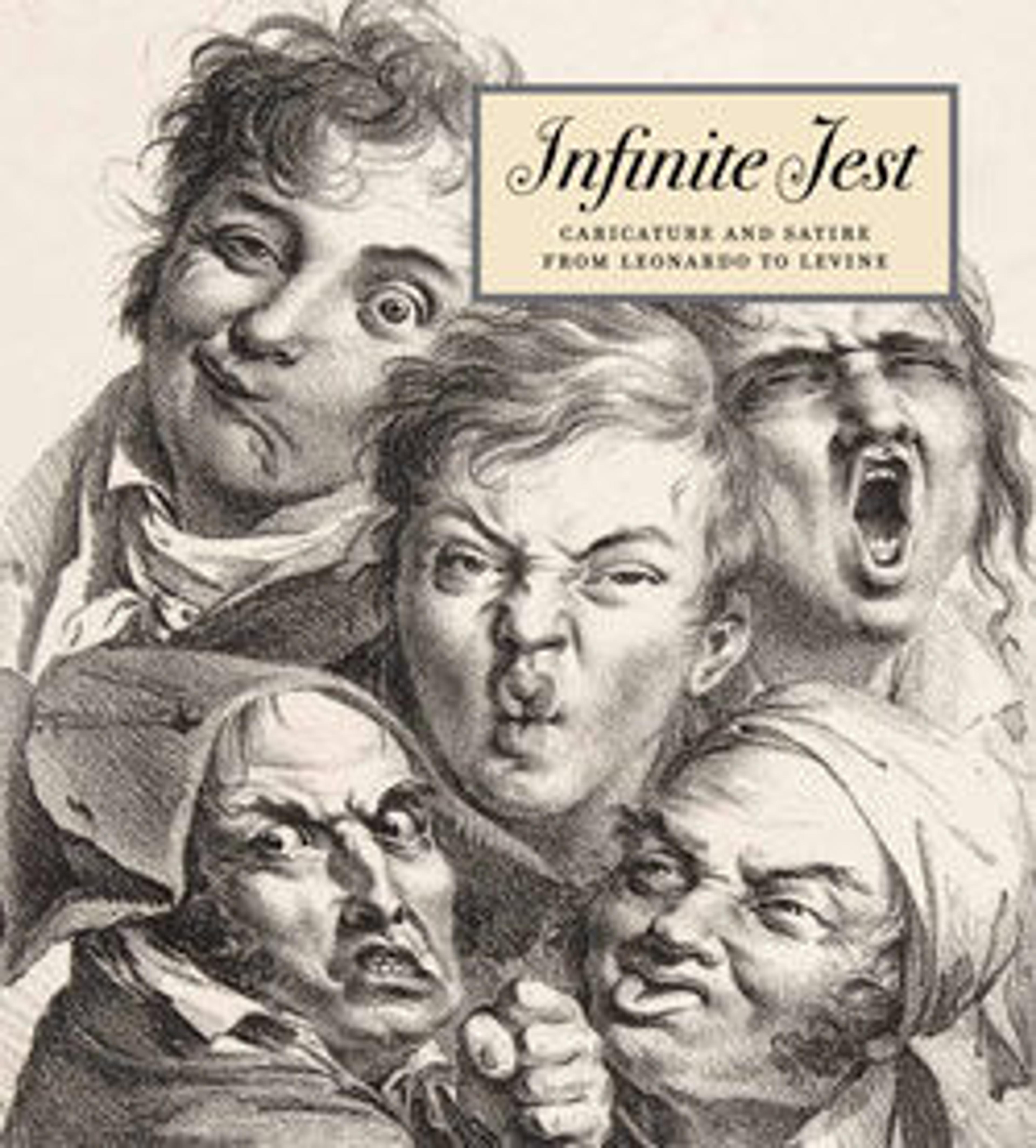The Two Are But One (Les deux ne font qu'un)
During the first years of the French Revolution, King Louis XVI was rarely ridiculed in prints. It was only after the night of June 20, 1791 - when he and his family attempted to flee Paris for a Royalist stronghold, where he hoped to begin a counterrevolution - that popular opinion turned more decidedly against him. Louis and Queen Marie-Antoinette then became frequent targets of French caricaturists, who often depicted them in a sort of reverse anthropomorphism, as animals with human heads. Here, the royal couple is portrayed as a two-headed creature that pulls in opposite directions. The king is given the body of a pig and the horns of a cuckold, a reference to his wife's many rumored affairs; the queen, with the body of a hyena, sports a fancy headdress of serpents and ostrich feathers, the latter a pun on her Austrian heritage (autruche and Autriche)
Artwork Details
- Title: The Two Are But One (Les deux ne font qu'un)
- Artist: Anonymous, French, 18th century
- Date: late 18th century
- Medium: Hand-colored etching
- Dimensions: sheet: 5 7/8 x 8 3/8 in. (15 x 21.3 cm)
- Classification: Prints
- Credit Line: The Elisha Whittelsey Collection, The Elisha Whittelsey Fund, 1962
- Object Number: 62.520.106
- Curatorial Department: Drawings and Prints
More Artwork
Research Resources
The Met provides unparalleled resources for research and welcomes an international community of students and scholars. The Met's Open Access API is where creators and researchers can connect to the The Met collection. Open Access data and public domain images are available for unrestricted commercial and noncommercial use without permission or fee.
To request images under copyright and other restrictions, please use this Image Request form.
Feedback
We continue to research and examine historical and cultural context for objects in The Met collection. If you have comments or questions about this object record, please complete and submit this form. The Museum looks forward to receiving your comments.
